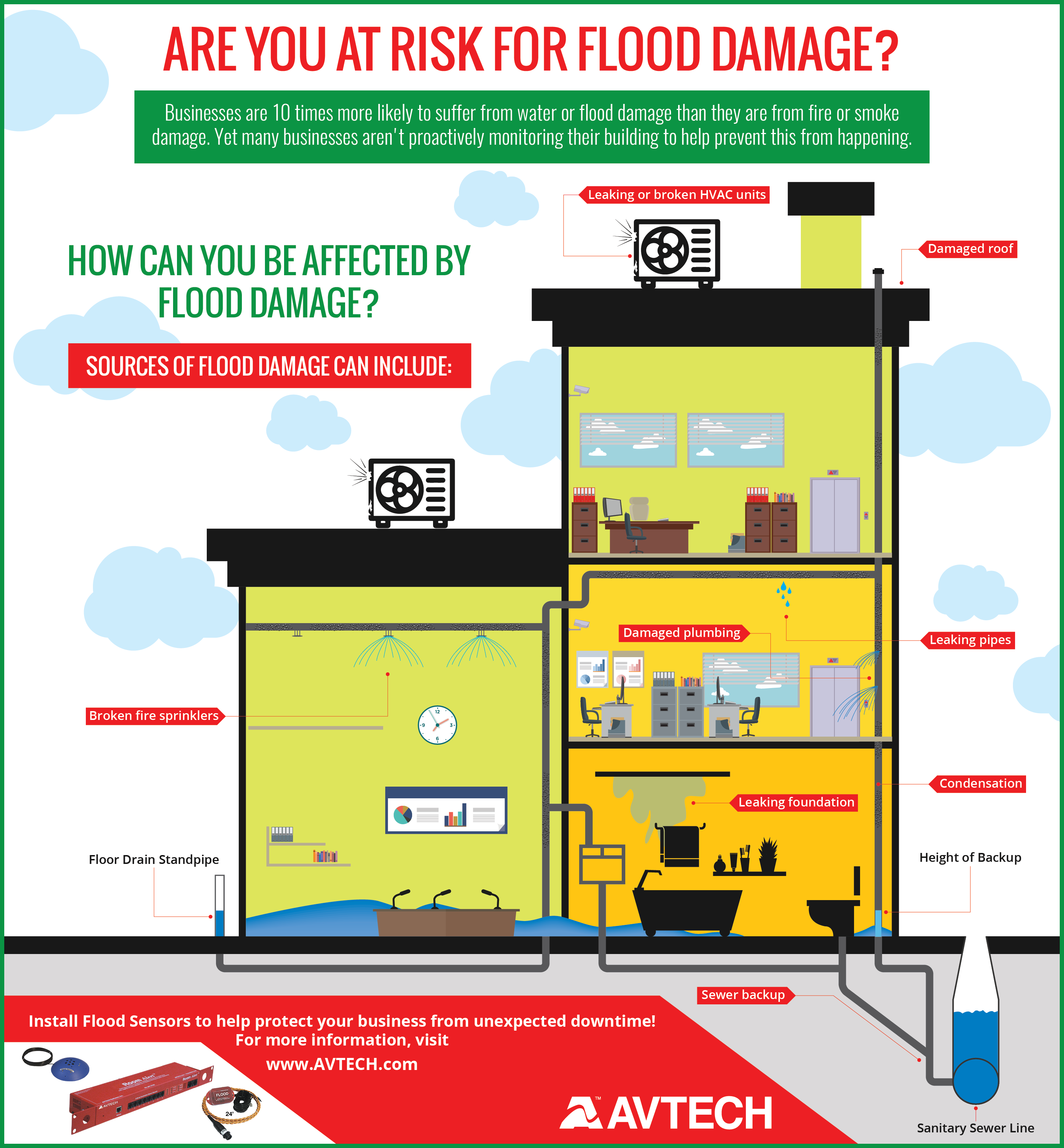Exactly How Weather Condition Issues Forming Roofing System Installation: The Most Effective Seasons For A Successful Result
Exactly How Weather Condition Issues Forming Roofing System Installation: The Most Effective Seasons For A Successful Result
Blog Article
Content Produce By-Terry Dyhr
When it concerns roofing system setups, the weather can make or break the work. Picture the irritation of taking care of products that won't cooperate due to severe warm or battling slippery surface areas brought on by unforeseen rain. Recognizing the influence of climate condition on your roofing task is important for a successful result. So, let's discover how different weather elements can influence the top quality and durability of your roof installation, making certain a job well done.
Effect of Temperature on Roof Covering Installation
When it pertains to roofing system setup, temperature plays an essential duty while doing so. The perfect temperature for roofing jobs usually falls between 45 and 85 degrees Fahrenheit. Severe warm can trigger materials like roof shingles to become too pliable, causing possible damage throughout installation. On the other hand, cool temperature levels can make products breakable and susceptible to fracturing. https://www.salina.com/news/20181019/attorney-general-bans-roofer-fines-other-roofing-contractors to arrange roof installments throughout moderate temperature levels to guarantee the very best result.
Throughout chillier weather, contractors might require to take added safety measures such as utilizing warmed devices or permitting materials to warm up prior to installment.
In contrast, heat might require job to be done earlier or later on in the day to prevent the peak temperatures. By considering the temperature level and its effects on roofing products, you can help guarantee an effective installation that will hold up against the components for many years to come.
Result of Precipitation on Roof Covering Projects
Roofing jobs can be substantially affected by rainfall, influencing both the timeline and the high quality of the installation. Rainfall or snow can create slippery problems, making it risky for contractors to service a wet surface. Furthermore, dampness can compromise the bond of products like roof shingles or underlayment, bring about possible leaks or damages in the future.
If it rainfalls throughout a roof covering task, the water can leak into at risk areas, triggering delays as the setup staff must wait for the roofing system to dry before continuing. Extreme dampness can likewise promote the development of mold and mold, more jeopardizing the integrity of the roofing system.
To prevent these problems, it's recommended to schedule roof jobs throughout drier periods or monitor the weather prediction closely to prepare around any possible rainstorms. By taking safety measures to operate in positive weather, you can make sure a smoother and more effective roofing system setup process.
Influence of Wind Rate on Installation Success
Throughout roofing setup, the rate of the wind plays an important function in identifying the success of the job. https://roofing-calculator73950.slypage.com/32974885/contrasting-steel-vs-shingle-roof-advantages-and-disadvantages can pose considerable obstacles to roofing contractors, potentially leading to safety and security dangers and top quality problems. When wind rates surpass suggested limits, it becomes tough to handle materials, enhancing the threat of accidents and damage to the roof products. Solid gusts can likewise impact the precision of measurements and the accuracy needed for correct installation.
To ensure an effective roofing setup, it's necessary to keep track of and think about wind rates. Ideally, roof covering installation need to happen on days with low to moderate wind speeds. This not just enhances the safety of the employees but likewise enhances the total quality of the setup.
Roof covering tasks scheduled during calm climate condition are more probable to be completed successfully and with fewer errors. By taking notice of wind rate forecasts and planning as necessary, you can assist make certain a smooth and effective roofing installment procedure.
Conclusion
So, when it pertains to roofing installation, remember to think about the weather conditions to make sure a successful task. Ideal temperatures, completely dry problems, and modest wind rates are key elements to prioritize for a smooth installation procedure. By scheduling your job throughout the best seasons and optimal climate condition, you can attain a long lasting and lasting roof that will certainly safeguard your home for many years to find.
